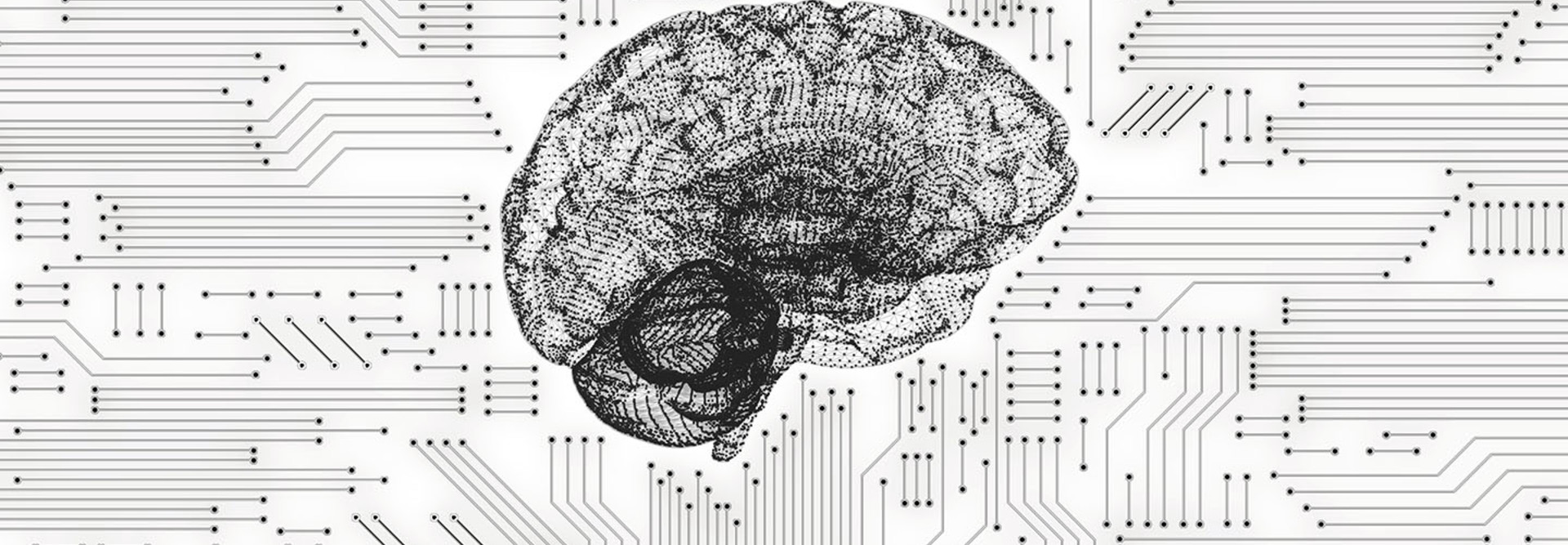Want to Jump-start AI in Local Government? Don’t Read the Hype
It’s time to forget everything you’ve heard about artificial intelligence.
“There is a huge chasm right now [between] the public dialogue and public reception about AI and what the opportunities are today for … agencies; what is achievable and what is already being done,” said Justin Herman, head of the U.S. General Services Administration’s new Emerging Citizen Technology Office (ETOC), which works with more than 300 unique federal, state and local agencies, as well as international partners, to evaluate technology implementations for AI, robotic process automation, machine learning and more.
Speaking at U.S. Data Innovation Day 2017 in Washington, D.C., on Dec. 5, Herman noted that in working with these agencies and governments he has found that IT teams and government leaders often get caught up in buzzwords and hype instead of focusing on the problem at hand.
“There is a complete cloud holding over people sometimes from truly seeing things the way that they are and the way that they play their hand in it,” he said.
SIGN UP: Get more news from the StateTech newsletter in your inbox every two weeks
It’s true that AI is likely on its way into all industries to deeply revolutionize how we work and eliminate much of the paperwork and menial tasks bogging down government workers. In fact, a report released earlier this year by Deloitte University Press predicted that automation could save 96.7 million hours each year for federal government workers alone, translating to billions in cost savings and more time for employees to innovate or provide services.

From left: Daniel Castro, director, Center for Data Innovation; Alec Chalmers, director, public sector vertical sales, Amazon Web Services; William Eggers, executive director, Center for Government Insights, Deloitte; Justin Herman, Emerging Citizens Technology Program Lead, General Services Administration.
But this vision of a far-off future — where AI swoops in valiantly to relieve workers of mundane tasks and resource constraints — could be blinding many governments to the smaller scale, yet very real impact that AI could have on their operations right now.
“Too often we talk about this intangible visionary future of AI and we don’t look at the fact that right now, today, there are technologies and solutions that can directly impact any mission within the … government,” said Herman.
So, how can governments and agencies forge ahead with AI without flying too close to the sun?
SIGN UP: Get more news from the StateTech newsletter in your inbox every two weeks
Focus on the Problem, Not the Technology
To effect real change, governments need to first look away from buzzwords and technology hype and focus directly on the problems at hand.
“In government, we don’t have to look far to find things that we know could be better and that we’ve got the data for if we could just find ways to make it more actionable and digestible,” said Herman.
The key is to take a look at the problem and begin to work toward solutions, without specifically trying to fit AI into the equation.
“Who knows, maybe the fact is that you have something in your organization that could actually do it better or faster that is currently in reach,” said Herman. “The idea is to get people to focus on the problem, not on the technology, and right there, that’s already half the battle.”
Get All Government Employees on Board
From there, it’s important to break down silos that often exist within governments, agencies and departments.
“We like to compartmentalize things so much and what happens is that we’re talking with organizations and we’ll say, ‘Well, we’re the cloud team’ or ‘We’re the data people, that’s not AI,’” said Herman.
The problem is that AI is a technology that will impact every person and requires all government employees to take ownership of its adoption in order to successfully integrate it.
“This is going to be a piece of fabric that runs through every process, every team, every skill set,” said Herman. “This is like a mixed martial art where we need diverse skill sets, diverse backgrounds and diverse perspectives on how this will impact processes, programs, outcomes, and if people aren’t looking at that … that’s when it falls short.”
Future-Proof Government IT Infrastructure
Last, to get to the point where AI can make a significant difference in an organization’s processes, it’s important to lay the proper IT groundwork for integration. Namely, governments should look very closely at adopting cloud computing, which will allow agencies and departments to store, analyze and compute the massive amounts of data necessary to implement AI operations.
Herman noted that while many governments are interested in participating in many of ETOC’s AI pilots — even simple ones that use pre-existing open data — in many instances the agencies that signed up weren’t yet equipped with the tech necessary to participate.
“What happened is that several agencies came to the table, but they weren’t there yet with the cloud underpinning,” said Herman, encouraging governments to take a holistic view of their IT processes. “We have agencies that want to move forward and tap into AI, but cannot because they need to do the first step first, which is look at all these other processes that go into it.”









